Shanling HW600 review: a brand new hi-fi listening offering
Shanling's first over-ears are an impressive effort

If you can ignore the use of real leather and can get beyond the uniformity of the low-frequency response, there’s an awful lot to like about the Shanling MW600. Their open, revealing and energetic sound is well worth investigating.
-
+
Spacious, detailed, full-bodied sound
-
+
More comfortable than they look
-
+
Properly built and finished
-
-
Lacks low-frequency contrast
-
-
Large by any standards
-
-
Deeply derivative design
Why you can trust T3

There are, it seems safe to say, warmer waters in which to dip a toe than the premium wired headphones market. With its HW600 planar magnetic over-ear headphones, Shanling has entered a contest where ‘very good’ is seldom good enough – after all, if you’ve got four figures to spend on some hard-wired, open-backed headphones then you’re not short of choice.
That choice, what’s more, is offered by brands with credibility that’s been won over decades. This means the mere fact of the HW600 speaks of either impressive self-confidence or, well, reckless self-confidence. So which is it?
How much do Shanling's HW600 cost?
The Shanling HW600 wired over-ear headphones are on sale now, and in the UK a pair will cost you £1099. In the United States, they go for $1099, while in Australia you’re looking at AU$1699.
There’s almost not enough space on the internet to list all of the deeply credible headphone brands Shanling is picking a fight with by pricing a product like this at a price like that – so let’s just invoke Audeze, Focal, Grado and Sennheiser for starters, shall we?
Are Shanling's first headphones worth considering?
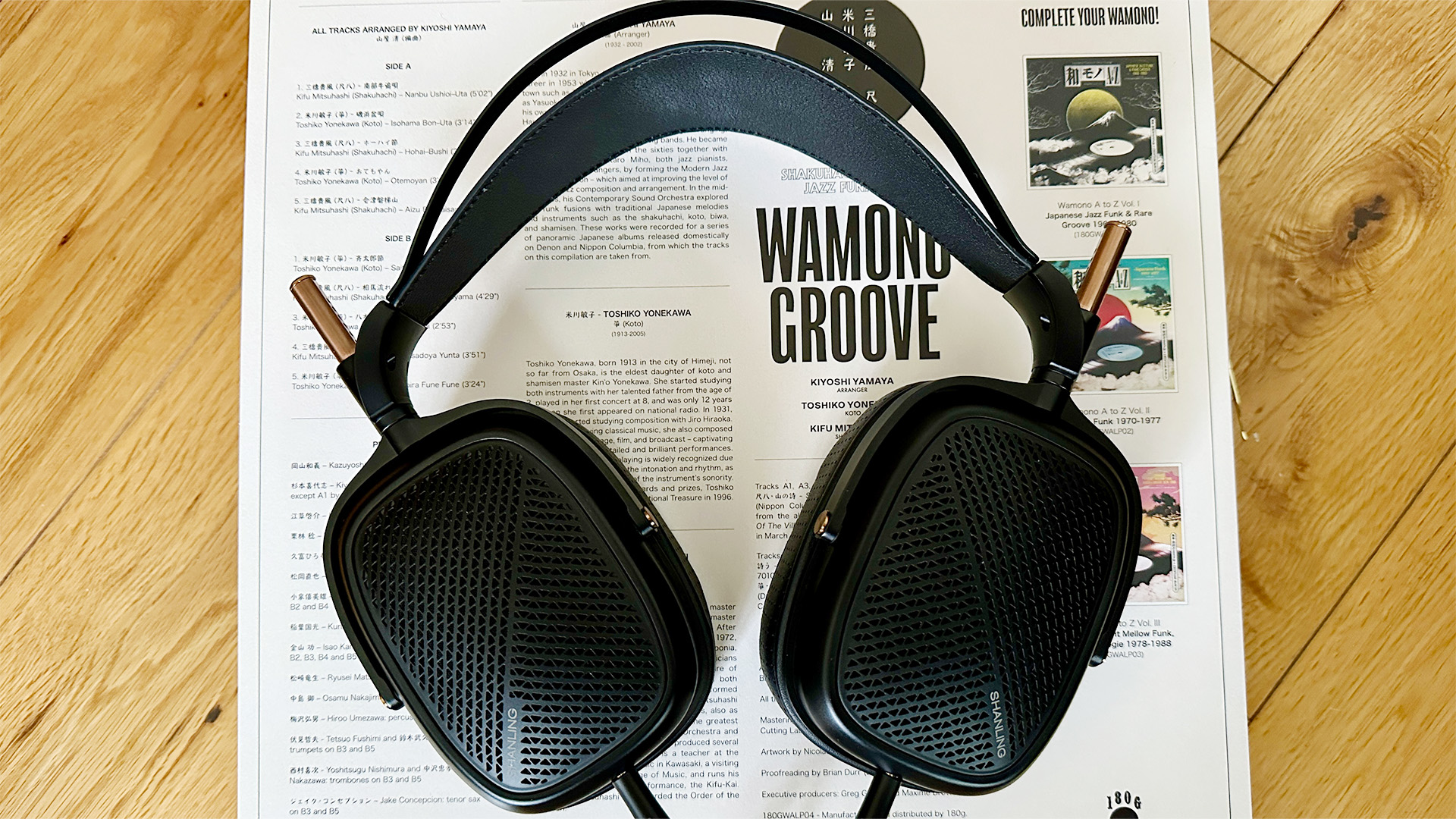
It’s all new, of course – as this is an entirely new pair of headphones from the brand. But, as is usually the case with passive headphones, ‘features’ are thin on the ground – even if, as is the case here, they’re rigorously engineered and thoroughly fit for purpose.
Once the two 3.5mm ends of the connecting cable are plugged into the earcups, and the 4.4mm balanced termination at the other end is connected to an appropriately up-market source of music, sound is served up by a pair of 110 x 86mm planar magnetic drivers.
Each driver is printed with a silver-plated aluminium coil in a ‘switchback’ shape – and even then, each membrane is a vanishingly thin 8µm. It’s positioned between 14 neodymium/iron/boron magnets – seven in front, seven behind – and fixed in a single-unit structure that features two acoustic chambers.
It’s a complex and carefully engineered arrangement, one that Shanling reckons results in an easy-to-drive sensitivity of 104dB @ 1kHz and a frequency response of 12Hz – 40Khz.
How good do Shanling's HW600 headphones sound?
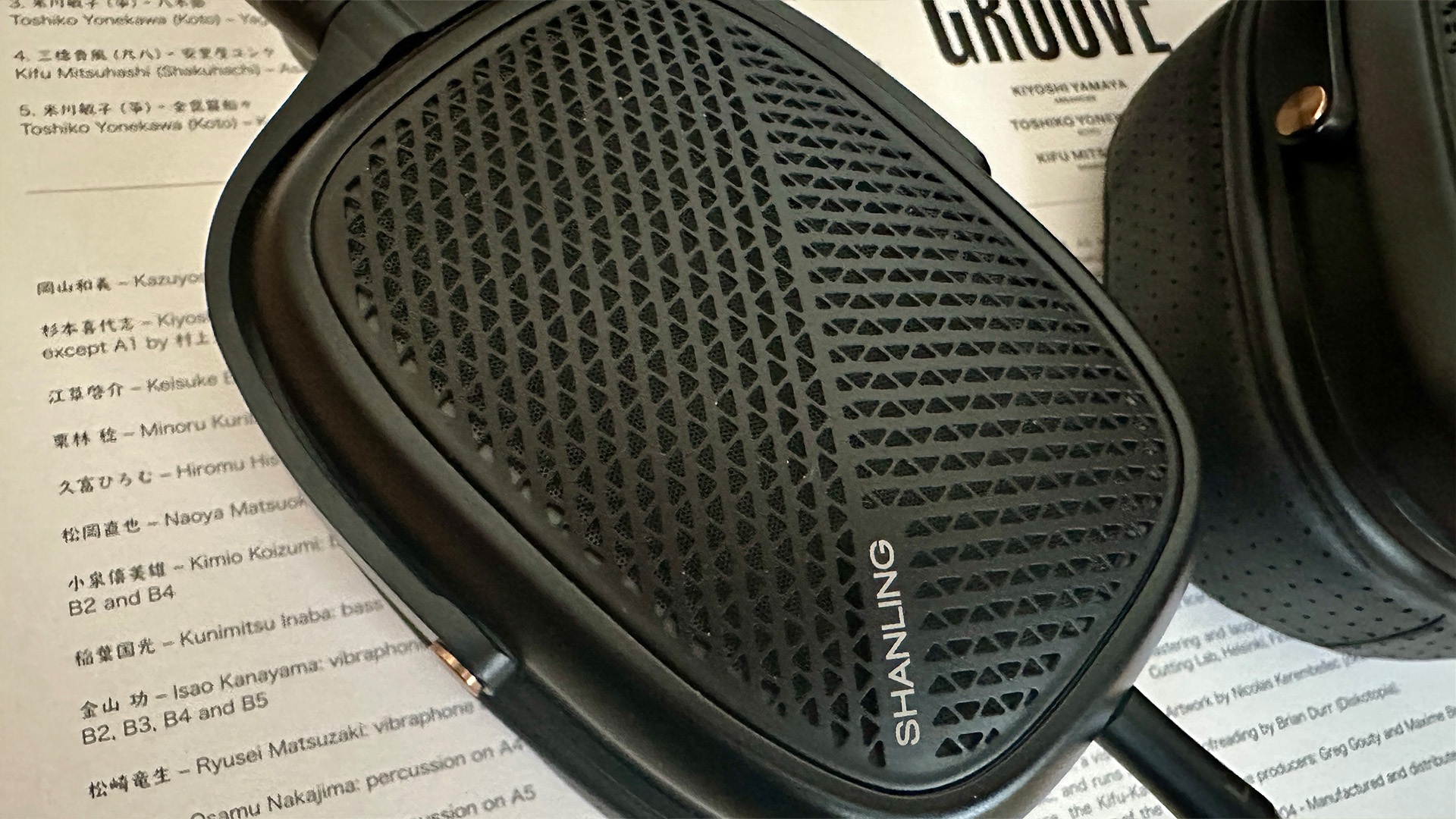
With one quite obvious exception, Shanling has worked wonders with the sound of the HW600. A premium price insists on impressive performance, of course, but some of the talents these headphones exhibit are by no means a given even in alternative designs costing two or three times as much.
The simple spaciousness of their presentation, for instance, is impressive. The soundstage they generate is large and well-defined, so there’s more than enough space for each element of even the most complex recordings to express themselves without having to worry about being squeezed by every other element. The relative position of each element is made apparent, and the space between them is given appropriate emphasis too.
The tonal balance is nicely judged – its neutrality speaks much more of ‘accuracy’ than it does ‘lack of personality’. Besides, the HW600 are not short of personality – they’re a fairly energetic and entertaining listen, but they don’t have to fiddle with the sonic characteristics of a recording in order to demonstrate it. And there’s more than enough dynamic headroom available to ensure the quietest moments in a recording contrast nicely with the loudest. Even those small harmonic variations in a solo instrument or a spotlit voice are identified and contextualised confidently.
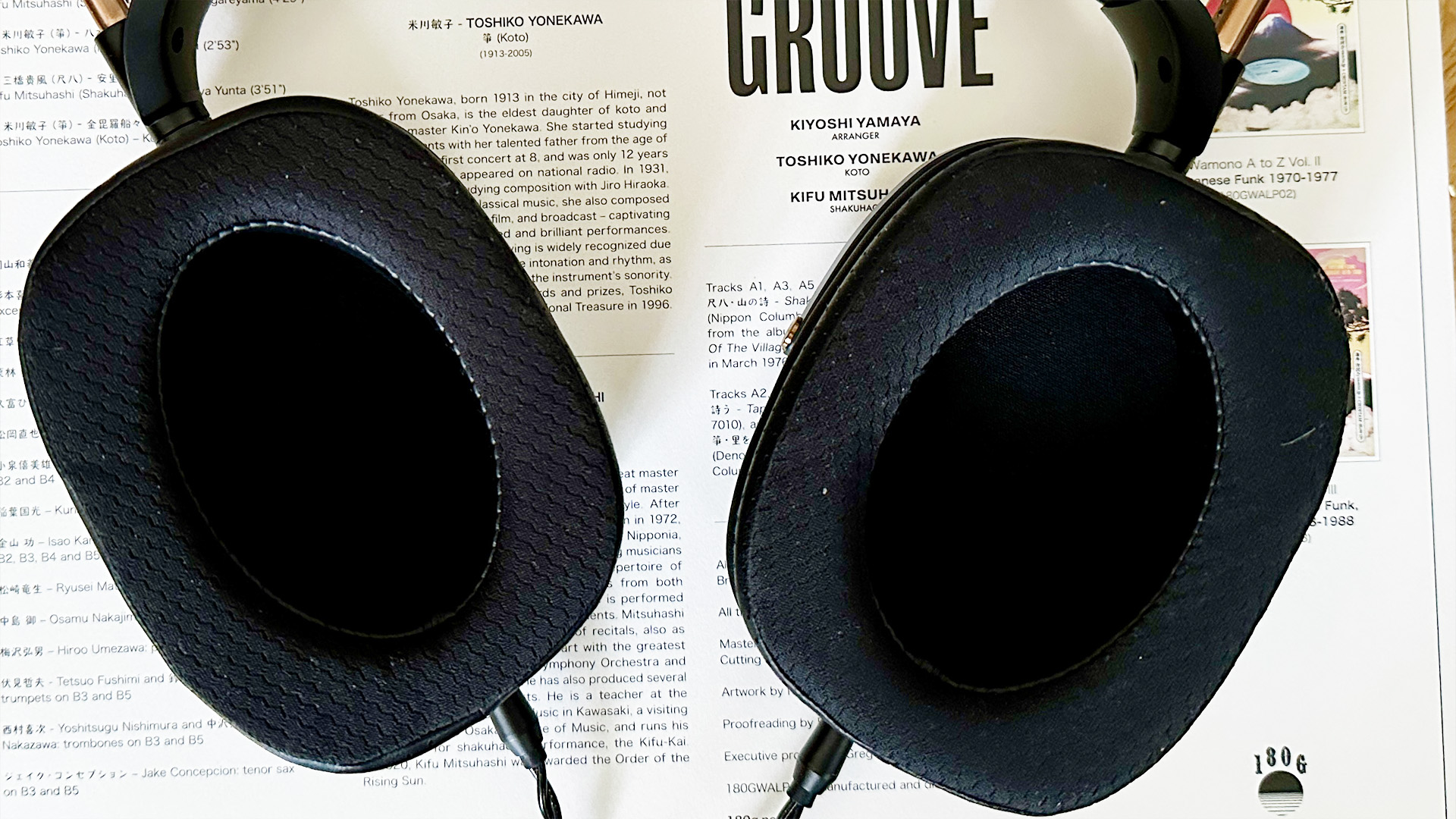
The top of the frequency range shines brightly but carries ample substance with which to balance out the crisp levels of attack. And in the midrange, there’s so much detail available, both broad and fine, that a singer’s technique is made just as apparent as their attitude. ‘Informative’ only begins to describe the midrange resolution that’s available here.
At the bottom of the frequency range, the HW600s attack with similar determination, and punch through the bass stuff with something approaching relish. Control of the bottom end is never in any doubt, and so rhythmic expression is coherent and believable too.
But where the rest of the frequency range enjoys extensive tonal variation and sky-high levels of detail retrieval, the Shanling are slightly ‘one-note’ where bass information is concerned – especially the very lowest stuff. The HW600 dig deep into the frequency range and hit with real solidity, but down towards the limits of their extension, there’s not much detail – which contrasts rather poorly with the way the rest of the frequency range is dealt with.
Shanling design – up to the mark?
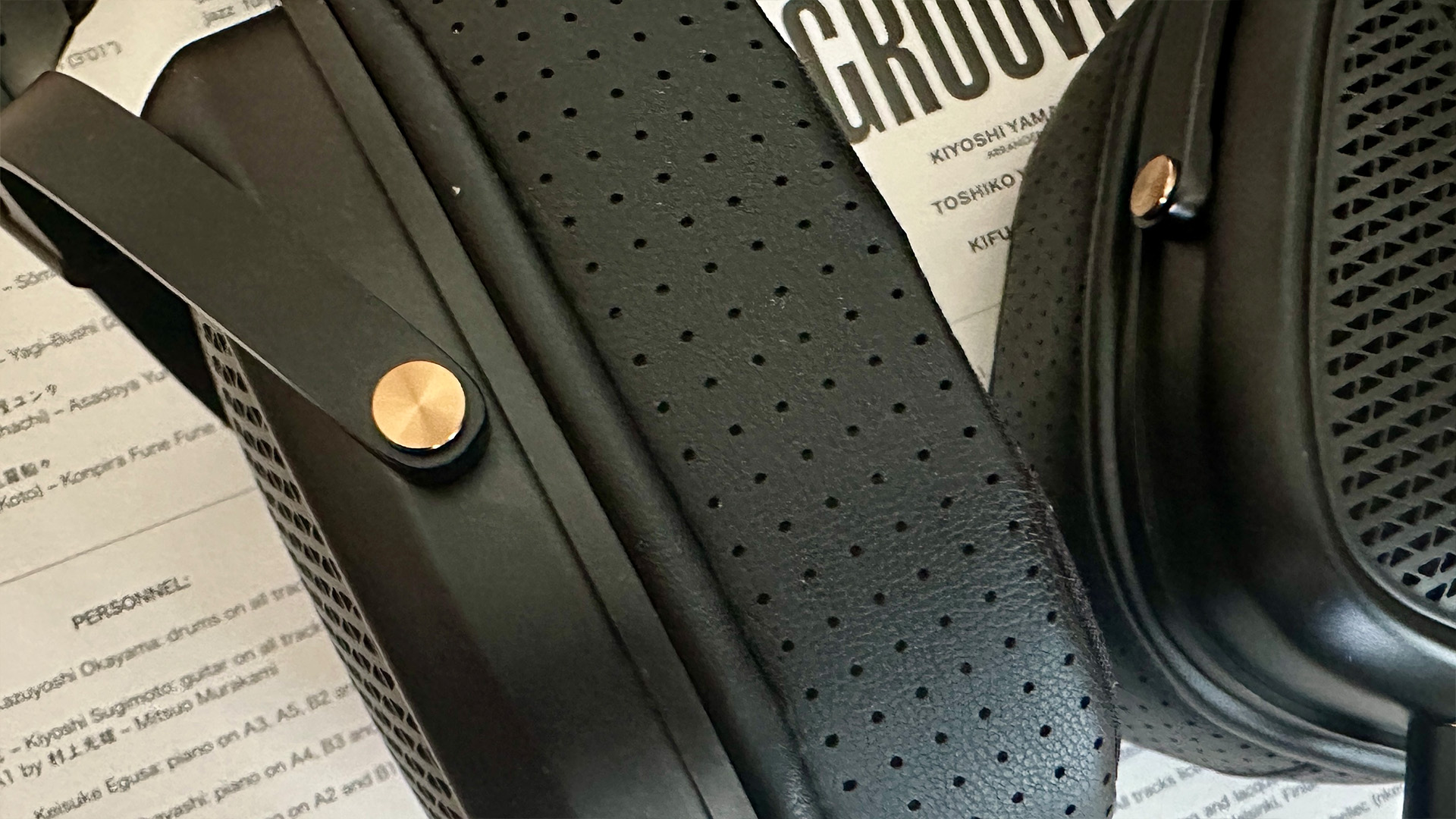
Planar magnetic headphones tend to be on the large side – but even so, the HW600 are chunky. The earpads will engulf all but the largest ears, and the headband adjustment mechanism allows only the generously headed to get truly comfortable – anyone with a cranium that’s on the smaller side of ‘average’ will find themselves overwhelmed by the physical presence of these Shanling headphones.
Still, at the least, the necessary quantity of materials required to build such large headphones is of very high quality. The rear of the earcups, the yokes and the upper part of the headband are all of aircraft-grade aluminium, and the contact points of the inner headband and the memory-foam earpads are of soft lambskin. The HW600 wear their 480g lightly, and the faintly agricultural ‘friction pole’ adjustment mechanism is solid and secure.
Mind you, between the double-decker headband, the pragmatic nature of the headband adjustment and, frankly, the overall vibe, I’d be surprised if the design team at Meze Audio weren’t in preliminary conversation with their lawyers…
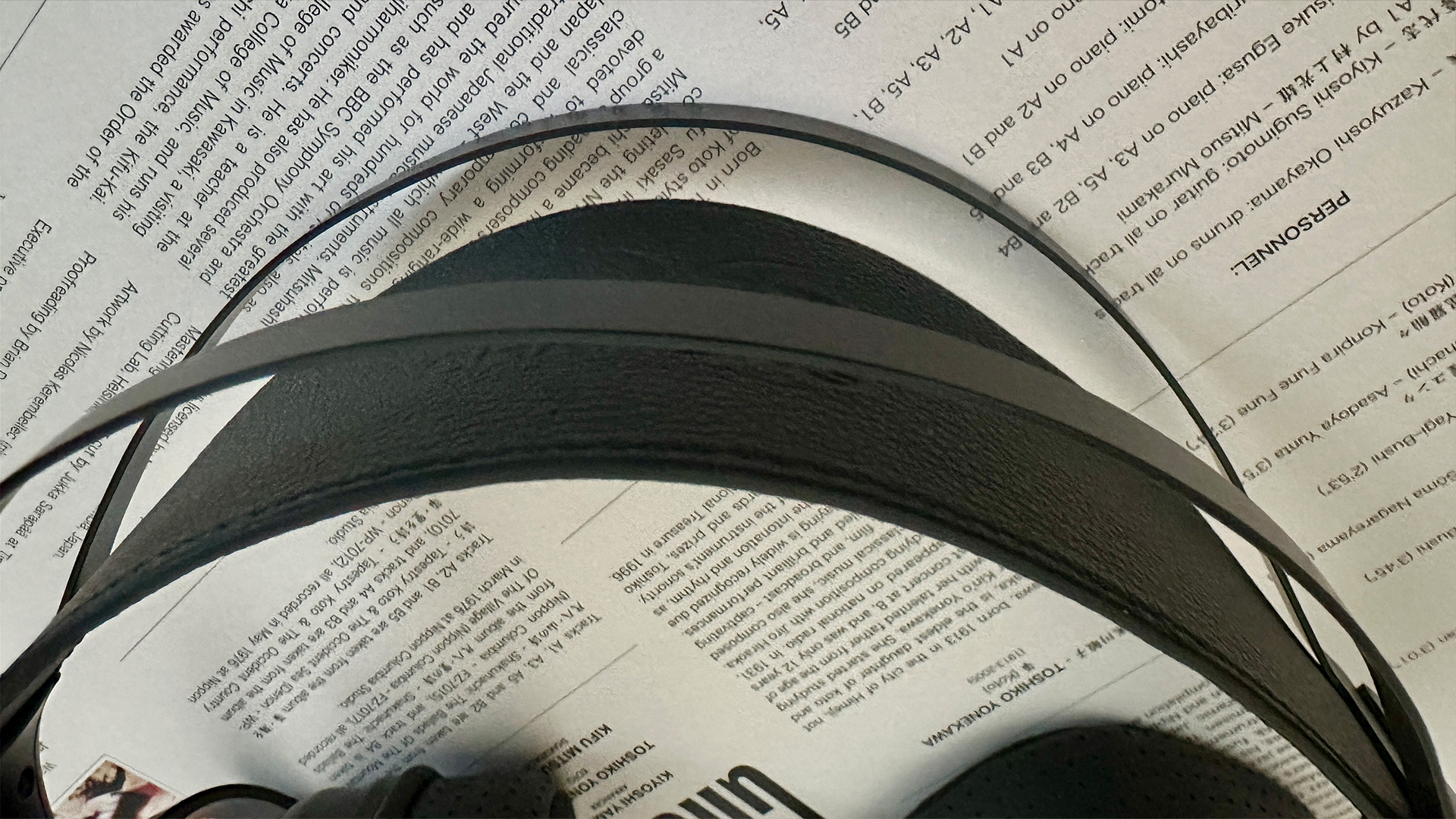
The pattern on the back of the earcups is, says Shanling, inspired by the traditional manner of forming bamboo joints. It’s a little design flourish on a product that has precious few of them, and it disguises the open-backed nature of the HW600 quite well – at least until they start making a sound, at least…
‘Usability’, it hardly needs saying, is straightforward. Shanling provides a 1.5m length of loosely braided single crystal copper cable with a couple of 3.5mm terminations at one end – each earcup needs to be wired – and a 4.4mm balanced termination at the other. There’s also a 6.3mm unbalanced adapter if that’s what you require – so make these three connections and you’re in business.
Shanling HW600 review: Verdict
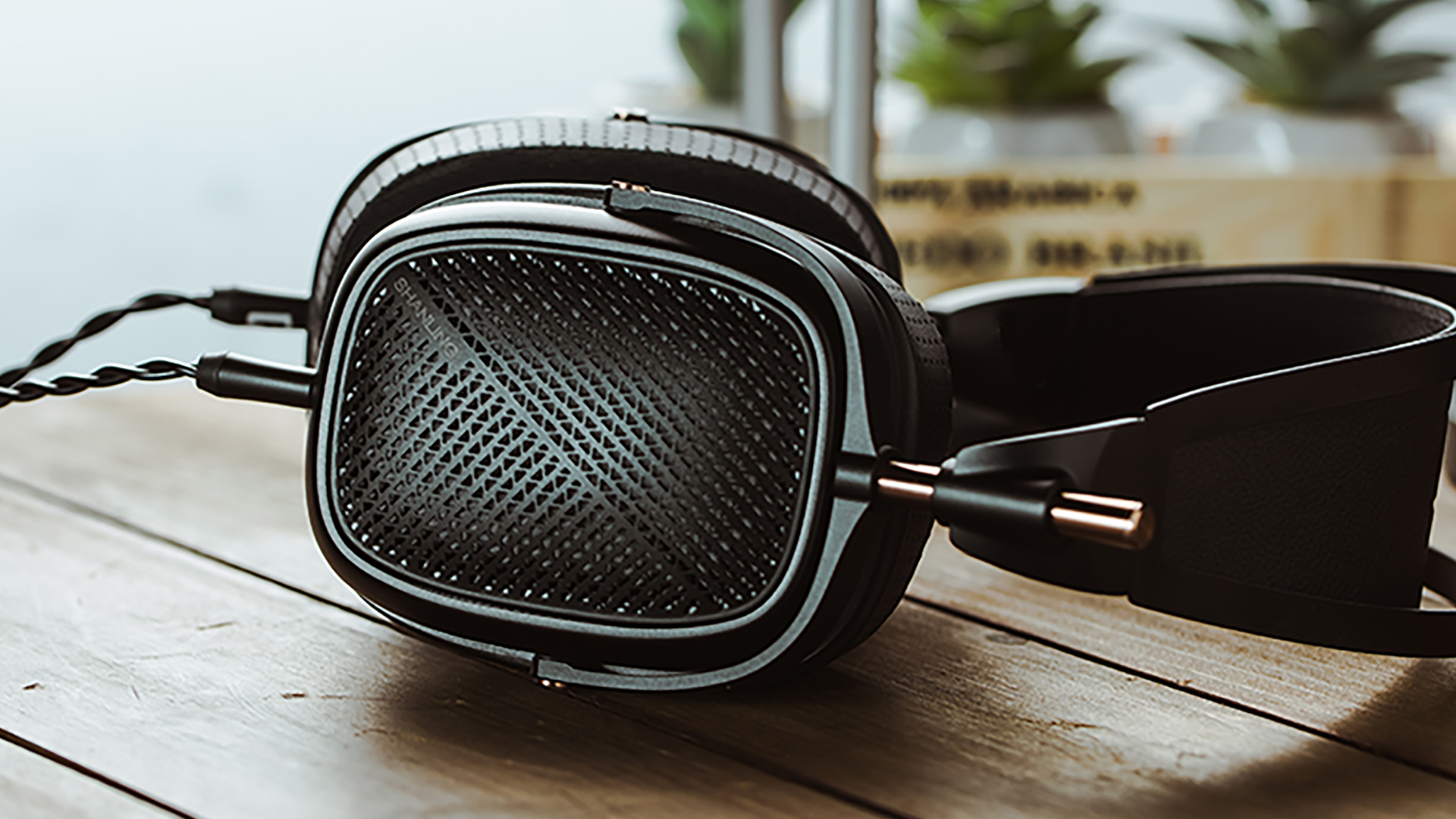
Obviously, Shanling is not a newbie – but nevertheless the HW600 represent quite an achievement for a first stab at a hard-wired, open-backed planar magnetic headphone at a premium price.
The HW600 are an immediate contender in the wired market, even if their chunky design means they won’t be perfect for everyone, and that low-end could use a little further work.
Also consider
You can buy a big portion of what makes the Shanling special without spending HW600 money by looking into the FiiO FT5. Planar magnetic technology, impressive sound quality and a fit that suits the larger-headed among us? Check, check and check again.
Or you can buy what the Shanling have and then some simply by finding more money for a pair of Meze Audio Liric 2nd Gen – plus get a closed-back configuration that’s nothing like as anti-social as the HW600’s open-back layout.
Sign up to the T3 newsletter for smarter living straight to your inbox
Get all the latest news, reviews, deals and buying guides on gorgeous tech, home and active products from the T3 experts
Simon Lucas is a freelance technology journalist and consultant, with particular emphasis on the audio/video aspects of home entertainment. Before embracing the carefree life of the freelancer, he was editor of What Hi-Fi? magazine and website – since then, he's written for titles such as Wired, Metro, the Guardian and Stuff, among many others. Should he find himself with a spare moment, Simon likes nothing more than publishing and then quickly deleting tweets about the state of the nation (in general), the state of Aston Villa (in particular) and the state of his partner's cat.
You must confirm your public display name before commenting
Please logout and then login again, you will then be prompted to enter your display name.
-
 Warning: Ciele’s refreshed Elite Collection may cause excessive garment envy on race day
Warning: Ciele’s refreshed Elite Collection may cause excessive garment envy on race dayFlex on your run crew with Ciele’s latest drop
By Matt Kollat Published
-
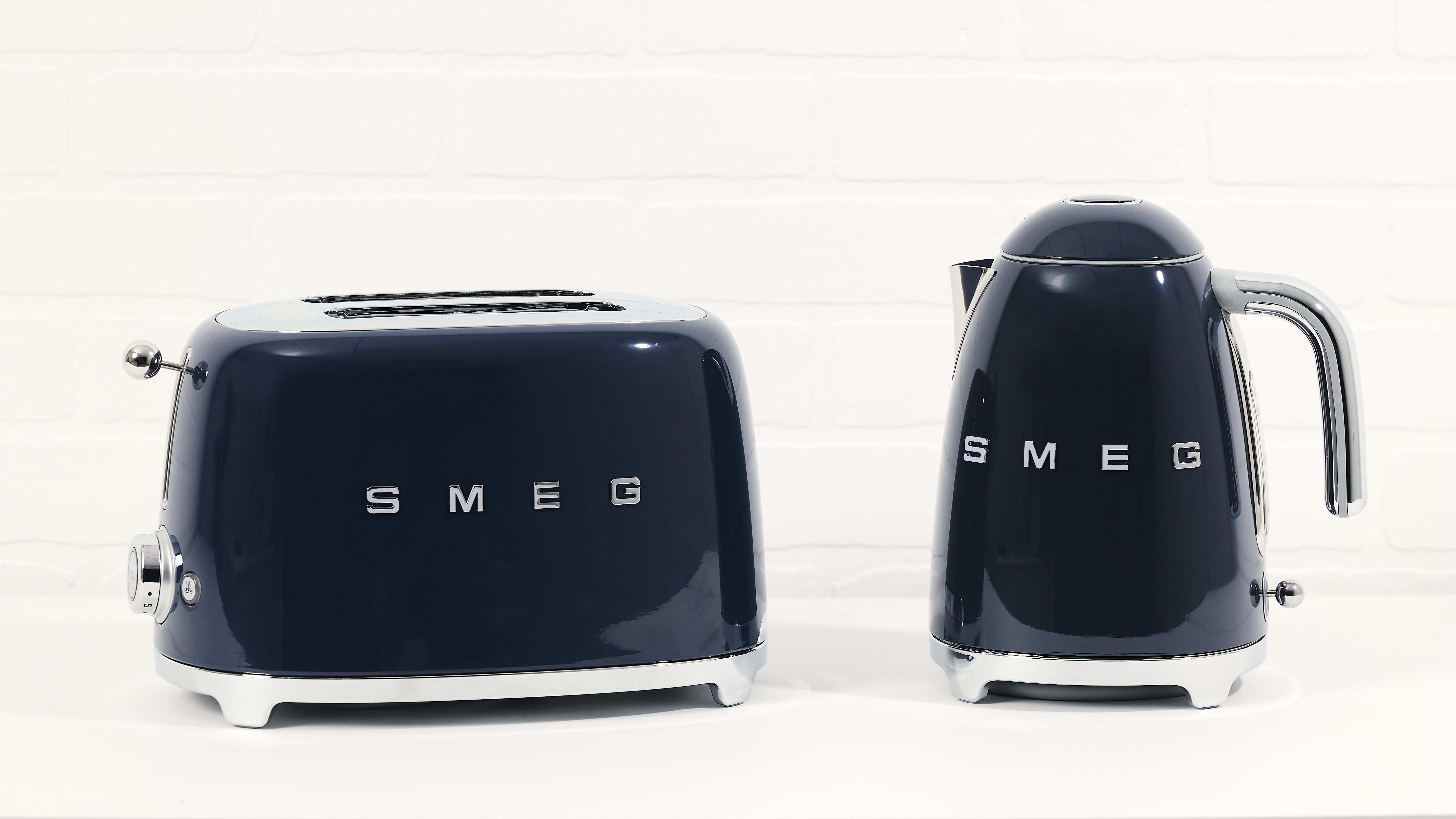 Smeg adds a touch of navy sophistication to its iconic breakfast set
Smeg adds a touch of navy sophistication to its iconic breakfast setIt's a minimalist's dream
By Lizzie Wilmot Published
-
 My most anticipated Netflix movie of the year gets a wild new trailer
My most anticipated Netflix movie of the year gets a wild new trailerHavoc looks pretty unbelievable
By Max Freeman-Mills Published